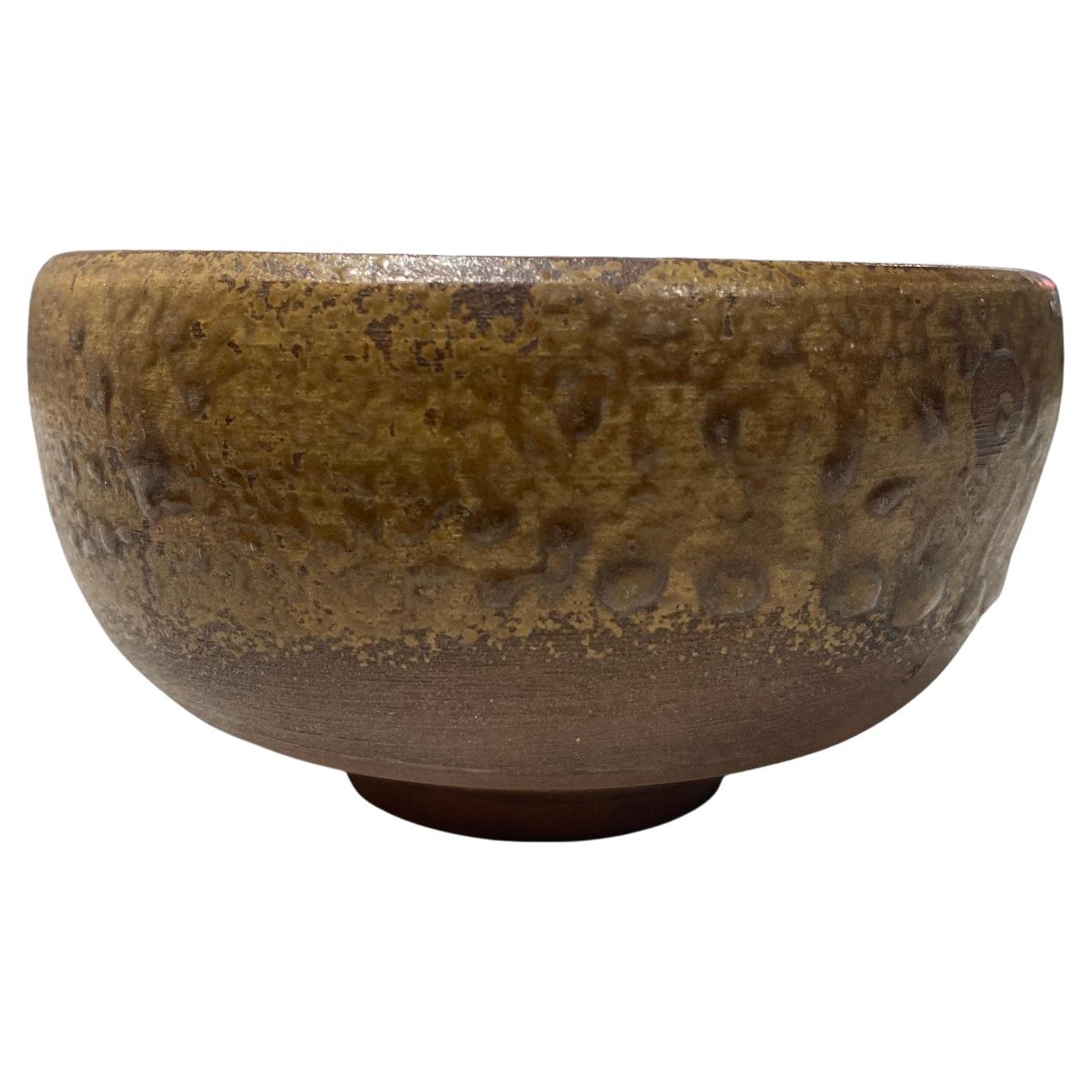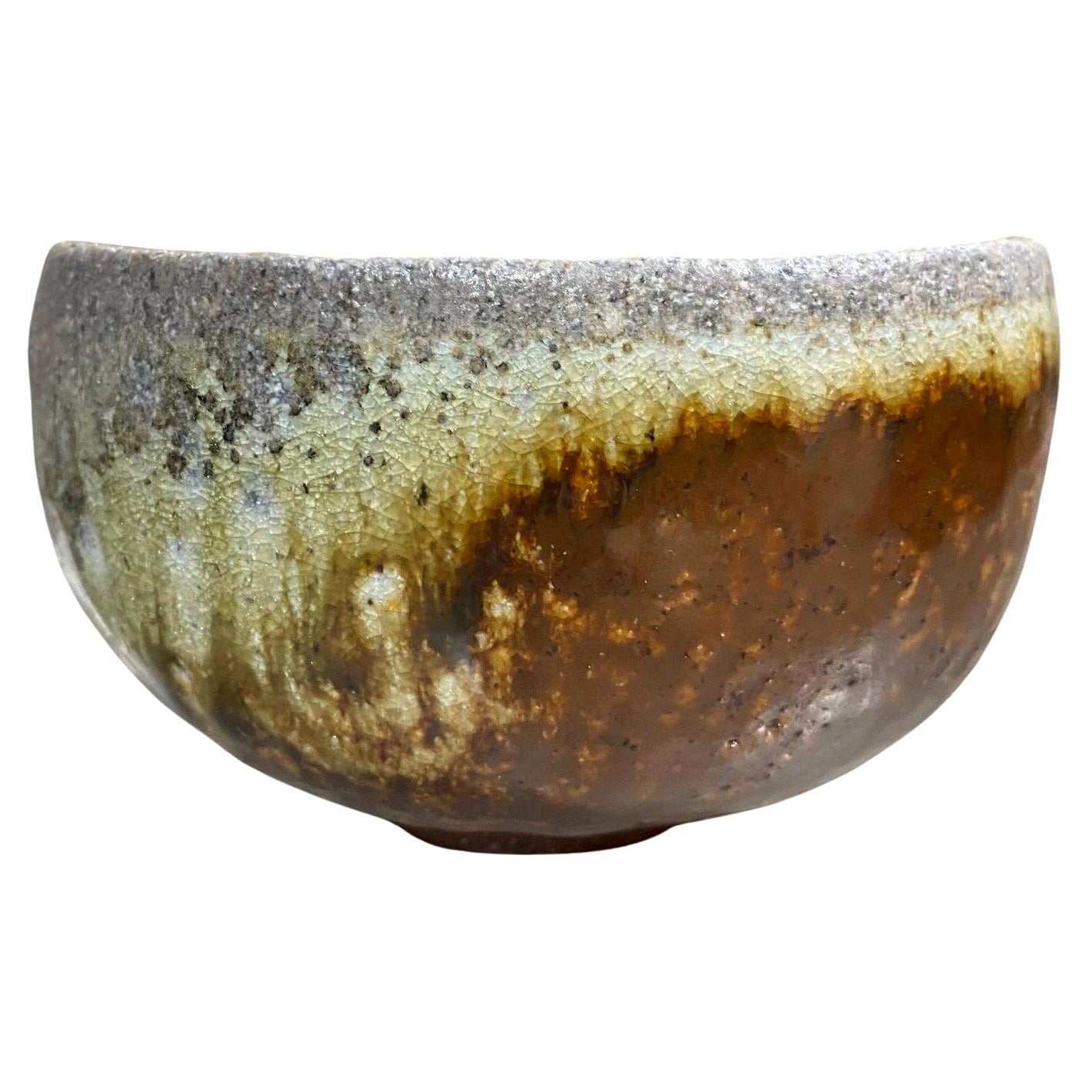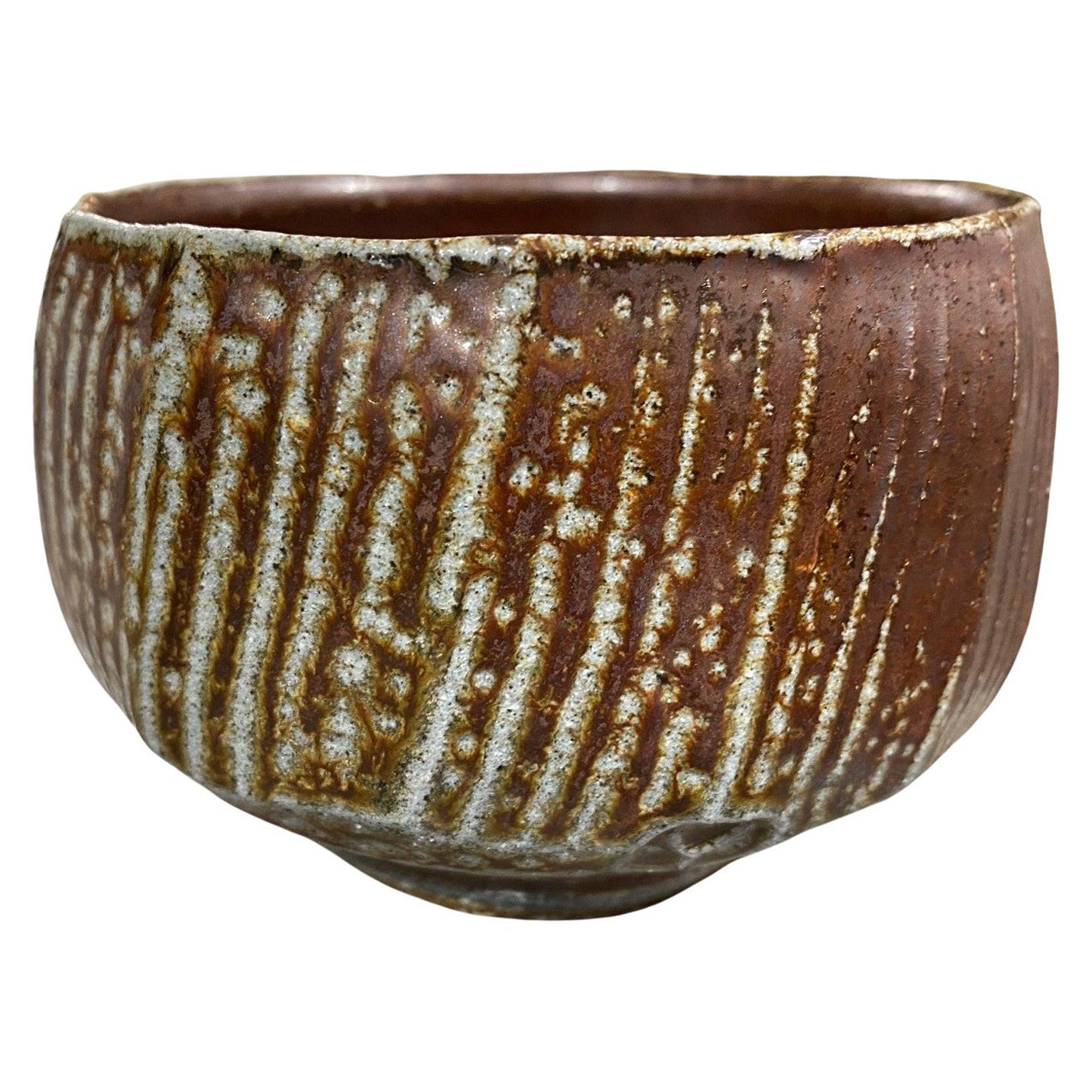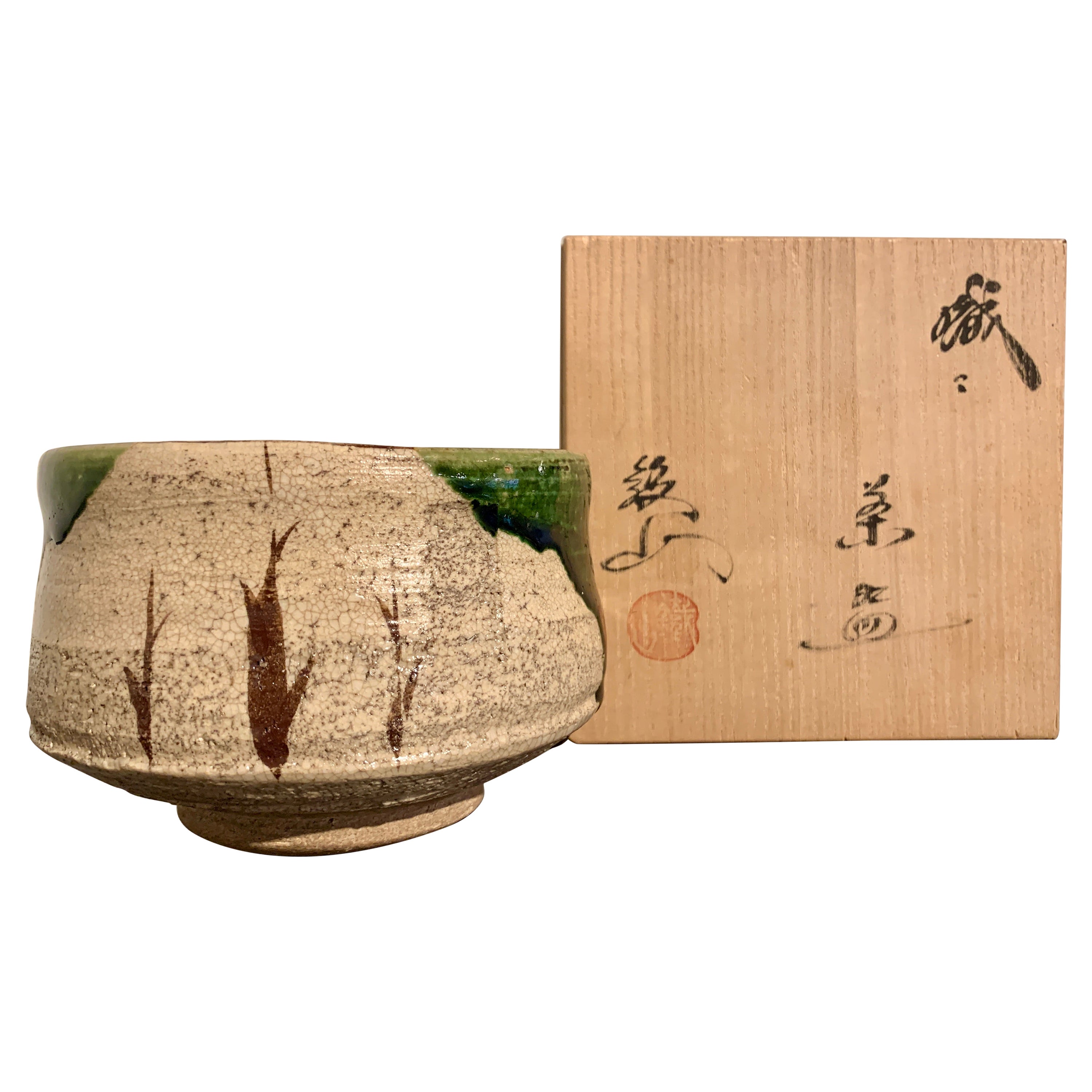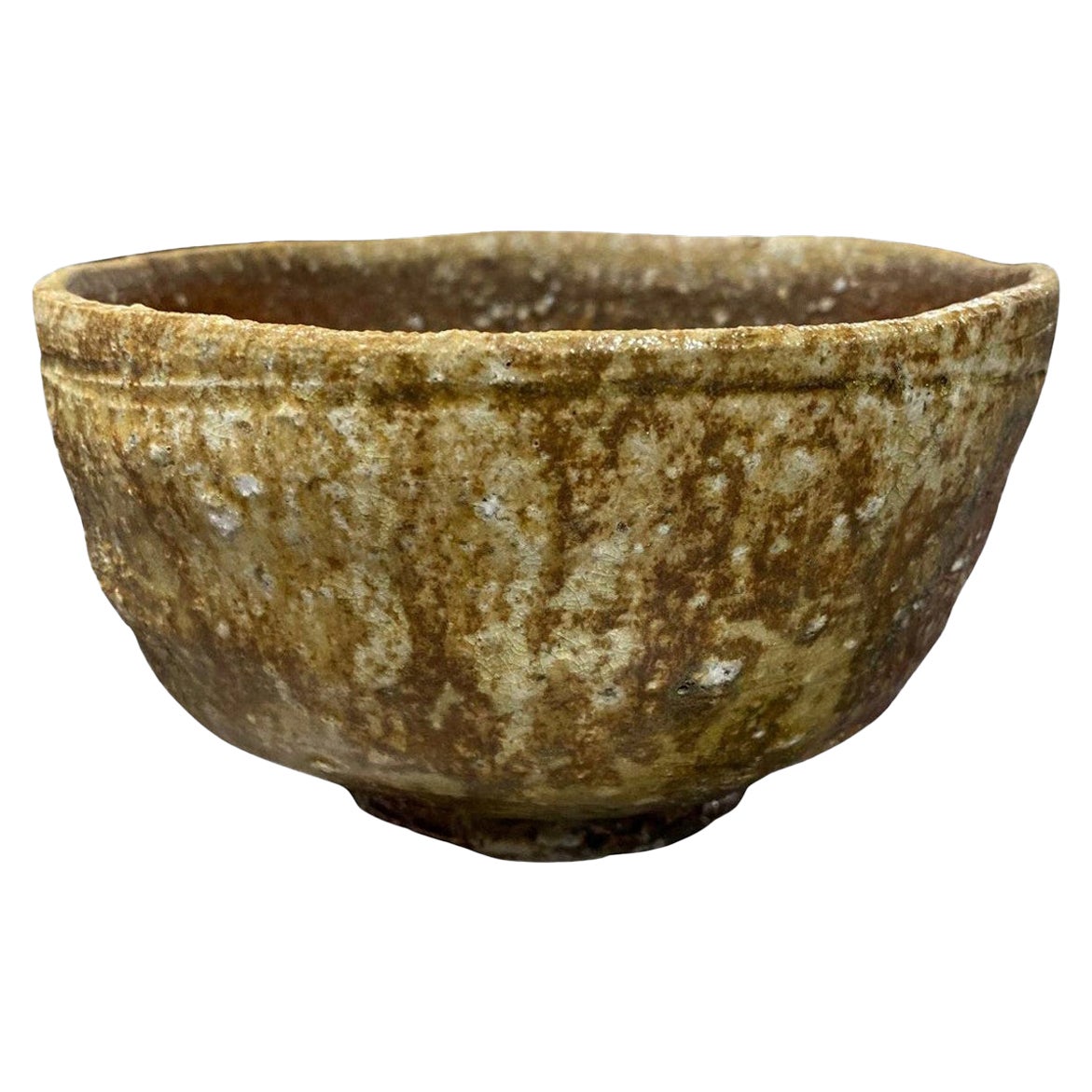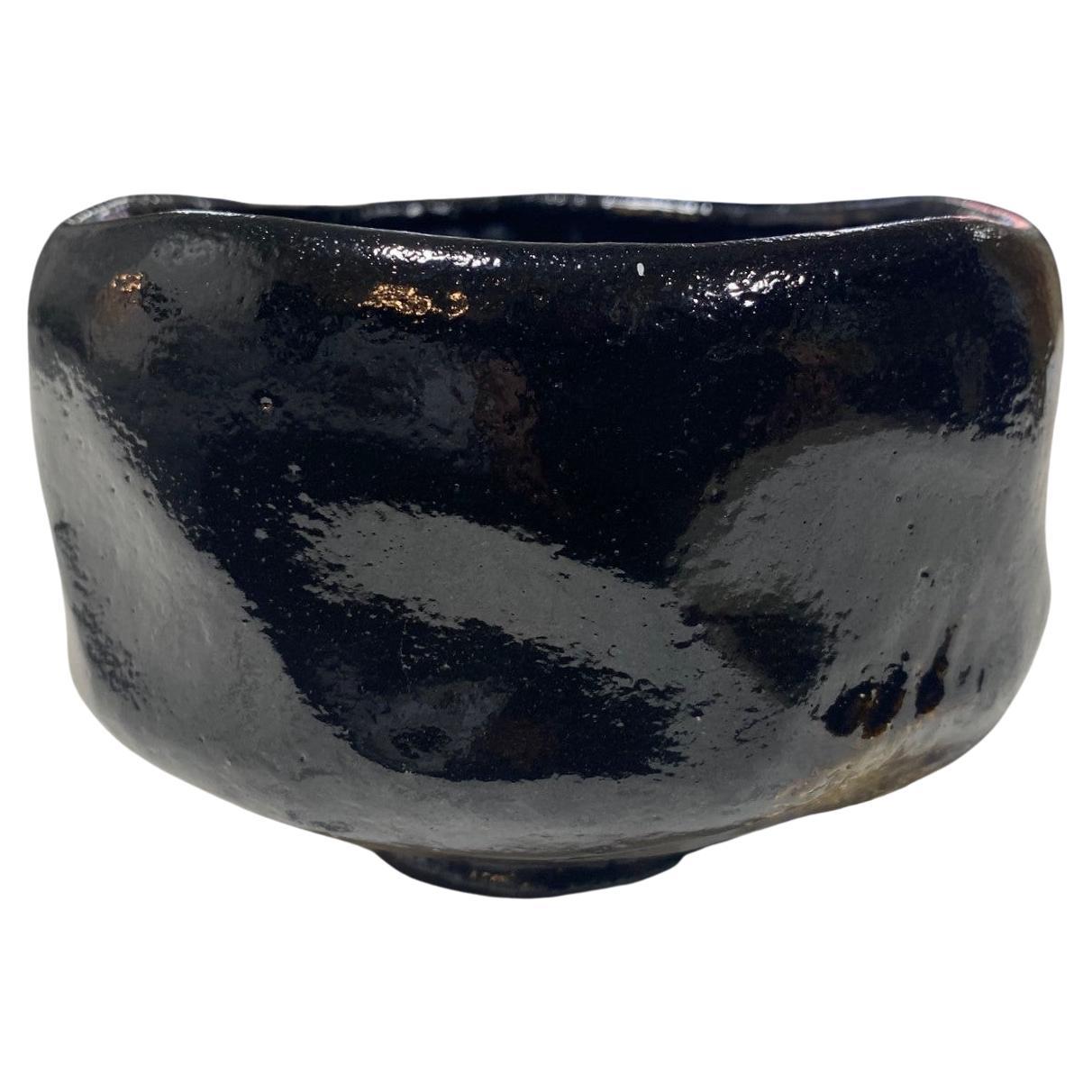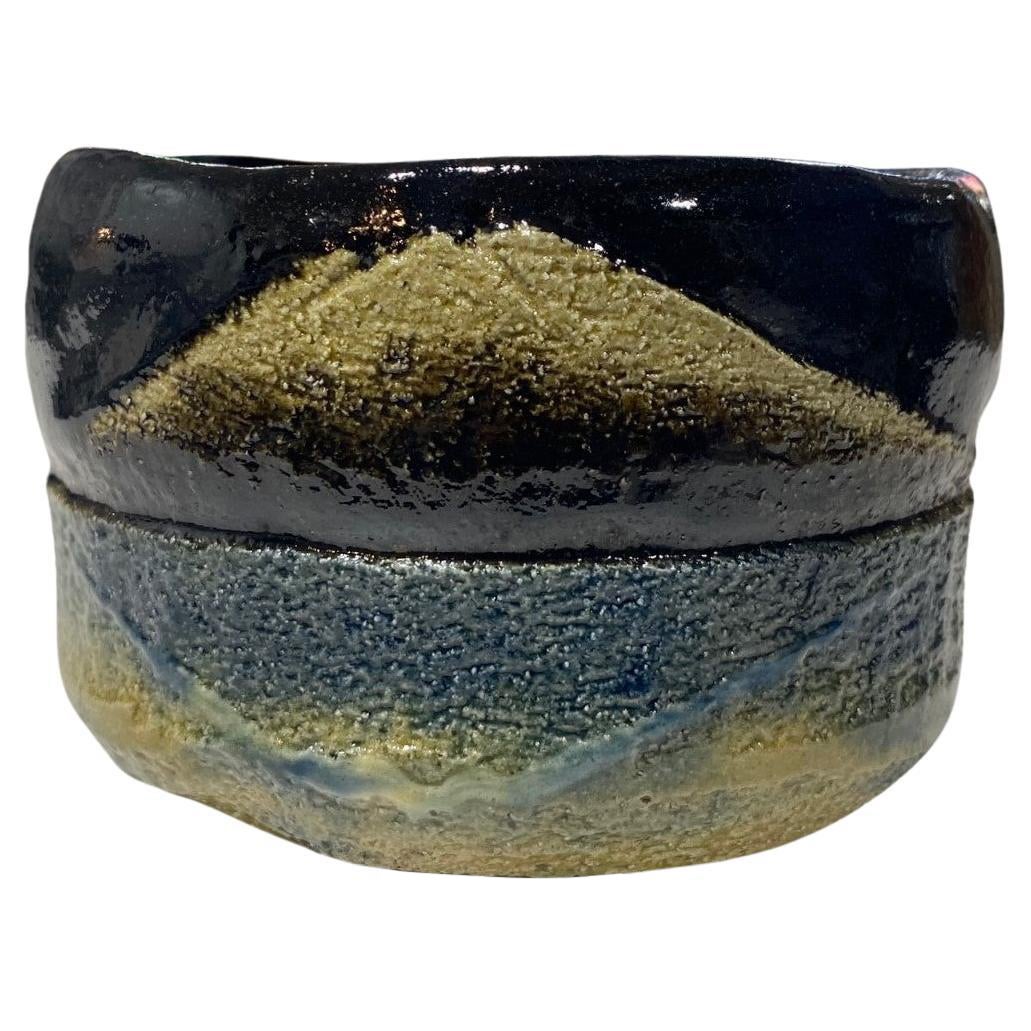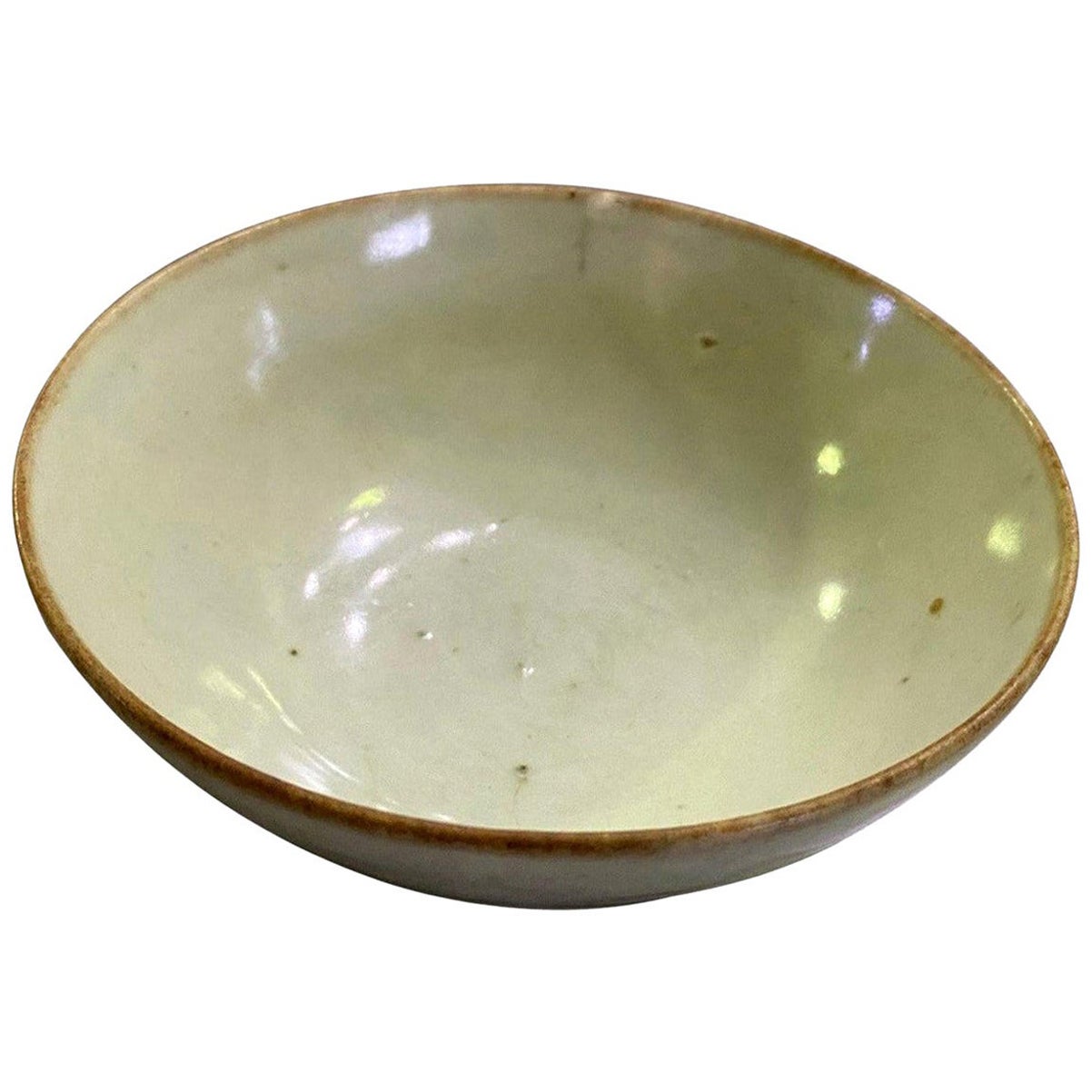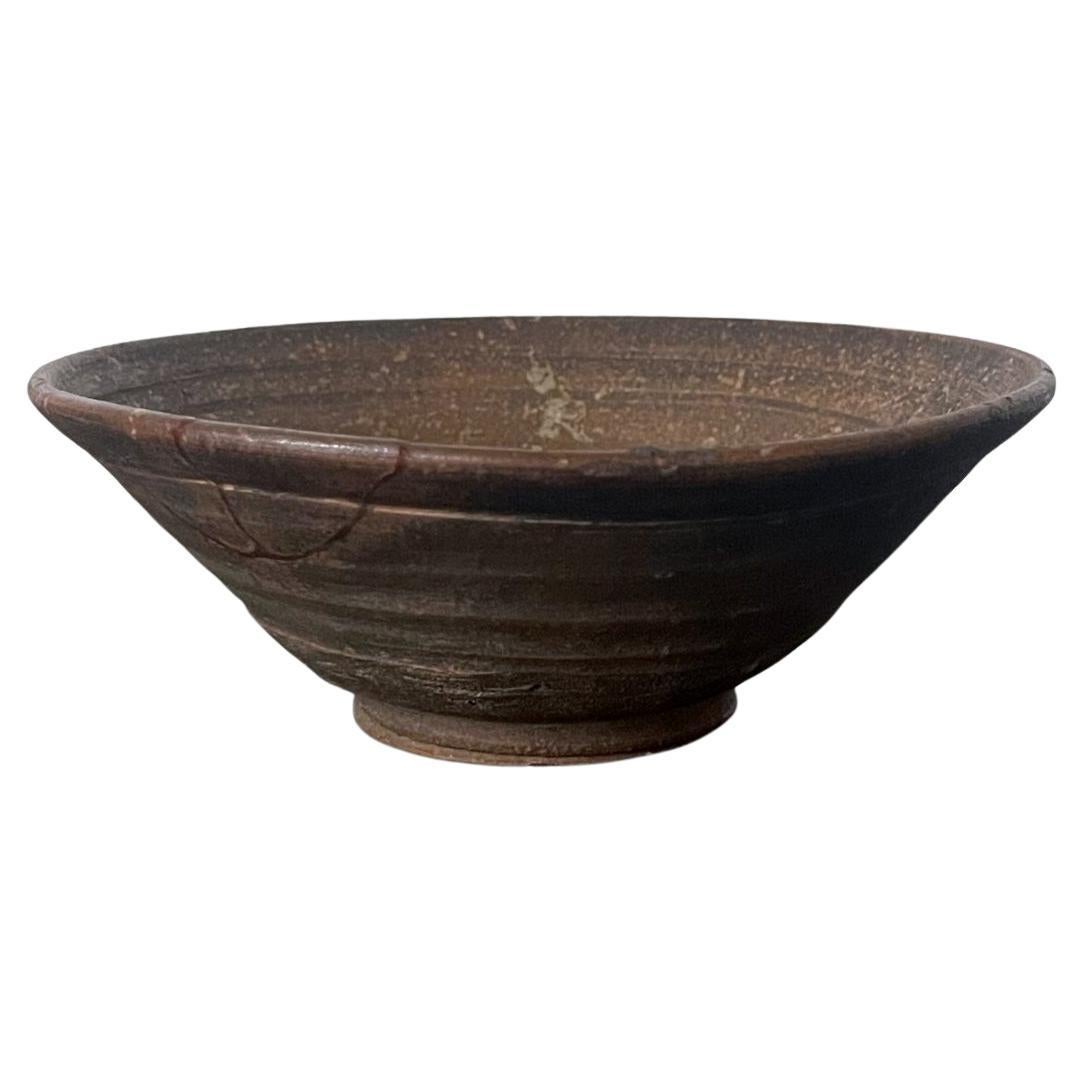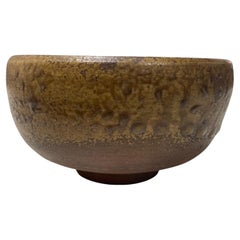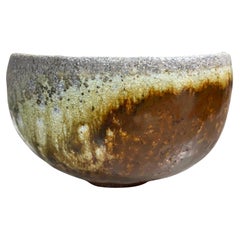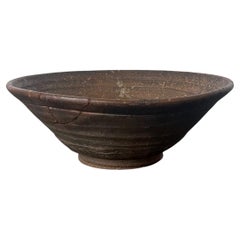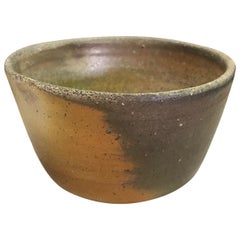
Izuru Yamamoto Japanese Bizen Ware Pottery Ceramic Chawan Tea Bowl Cup
View Similar Items
Want more images or videos?
Request additional images or videos from the seller
1 of 15
Izuru Yamamoto Japanese Bizen Ware Pottery Ceramic Chawan Tea Bowl Cup
About the Item
- Dimensions:Height: 3.5 in (8.89 cm)Width: 5.25 in (13.34 cm)Depth: 5.5 in (13.97 cm)
- Style:Showa (Of the Period)
- Materials and Techniques:
- Place of Origin:
- Period:
- Date of Manufacture:Late 20th Century
- Condition:Wear consistent with age and use. In very good vintage condition with no discernable flaws, cracks, chips, etc... Wood box has light wear consistent with age and use (please see photos). Very beautiful overall.
- Seller Location:Studio City, CA
- Reference Number:1stDibs: LU2254320355792
About the Seller
4.9
Platinum Seller
These expertly vetted sellers are 1stDibs' most experienced sellers and are rated highest by our customers.
1stDibs seller since 2016
767 sales on 1stDibs
More From This SellerView All
- Kaneshige Toyo National Treasure Signed Japanese Bizen Pottery Chawan Tea BowlLocated in Studio City, CAA beautiful, perfectly shaped antique Bizen ware Chawan tea bowl by renowned Japanese master potter/artist Kaneshige Toyo (1896-1967) featuring a unique natural, organic forming ash glaze. Kaneshige is universally considered to be the founder of modern Bizen pottery. In 1956, Kaneshige was certified as a Living National Treasure (Important Intangible Cultural Heritage) for his work in Bizen Ware pottery/ceramics. Bizen Ware is a type of Japanese pottery traditionally from the Bizen province, presently a part of the Okayama prefecture. It is considered one of the Six Ancient Japanese Kilns (along with Echizen ware, Seto ware, Shigaraki ware, Tamba ware, and Tokoname ware). The piece is signed/ sealed on the base with one of Kaneshige's traditional incised marks. A rather engaging and scarce work. Would be a fantastic addition to any Japanese/Asian pottery or Bizen Ware collection or eye-catching stand-alone work in about any setting. Kaneshige's work can be found in numerous prominent collections and museums including: Aichi Prefectural Ceramic Museum, Seto, Japan Brooklyn Museum, NY Hagi Uragami Museum, Yamaguchi, Japan Honolulu Art Museum, HI Ibaraki Ceramic Art Museum, Kasama, Japan Indiana Art...Category
Mid-20th Century Japanese Showa Ceramics
MaterialsStoneware
- Japanese Asian Signed Studio Pottery Wabi-Sabi Ceramic Glazed Chawan Tea BowlLocated in Studio City, CAA stunning Japanese stoneware studio pottery chawan tea bowl that features a beautiful, heavy and sumptuously multi-glaze with wonderful shifts in color and texture. This bowl is wit...Category
20th Century Japanese Showa Ceramics
MaterialsStoneware
- Japanese Asian Signed Studio Pottery Wabi-Sabi Ceramic Glazed Chawan Tea BowlLocated in Studio City, CAA gorgeous Japanese studio pottery chawan tea bowl that features a wonderful reddish-orange glaze with various shifts in colour and texture. This particular piece encompasses the...Category
20th Century Japanese Showa Ceramics
MaterialsEarthenware
- Japanese Asian Signed Studio Pottery Wabi-Sabi Ceramic Glazed Chawan Tea BowlLocated in Studio City, CAA stunning Japanese stoneware Studio Pottery chawan tea bowl that features a beautiful dark rich glaze with wonderful shifts in pattern and texture. This particular piece encompa...Category
20th Century Japanese Showa Ceramics
MaterialsStoneware
- Shiko Shikou Munakata Rare Signed Japanese Pottery Chawan Tea Bowl Signed BoxBy Shikou MunakataLocated in Studio City, CAAn exceptionally rare, wonderfully designed Chawan tea bowl by famed Japanese master woodblock printmaker/ artist Shiko Munakata (1903-1975) who is widely considered to be the most important Japanese visual artist of the 20th century and the Pablo Picasso of Japan. This hand-painted work clearly illustrates Munakata's whimsical side as it is of a Koma - a child's spinning top toy. Very few examples of Munakata's work in ceramics exist still today. The work is signed by Munakata on the base as well as the original wood protective storage box (his seal can also be seen faintly in the lower-left corner). The bowl has a small kintsugi or "golden joinery" repair - the Japanese art of repairing broken pottery by mending the areas of breakage with lacquer dusted or mixed with powdered gold - on the inside. As a philosophy, it treats breakage and repair as part of the history of an object, rather than something to disguise. Munakata who is often compared to Picasso was primarily associated with and a principal figure in both the Sosaku-Hanga (which stressed the artist as the sole creator ) and the Mingei (folk art) movements. His many accolades and awards include the "Prize of Excellence" at the Second International Print Exhibition in Lugano, Switzerland in 1952, and first prize at the São Paulo Bienal Exhibition in Brazil in 1955, followed by the Grand Prix Award at the Venice Biennale in 1956, and the Order of Cultural Merit, the highest honor in the arts by the Japanese government in 1970. In 1960 after returning from a year abroad exhibiting his work in the United States, the Horinji Temple in Kyoto bestowed upon him the honorary rank of “Hokkyo”. In 1962, he received the rank of “Hogan” from Nisseki Temple in Toyama prefecture. He also received a Medal of Honor in 1963 and the Asahi Shimbun culture prize in 1965. Munakata's work can be found in numerous international collections and museums including: The Britsih Museum, UK The Chicago Art Institute Museum of Modern Art (MOMA), NY The Metropolitan Museum of Art (The Met), NY The Philadelphia Museum of Art The Smithsonian American Art Museum (SAAM), Washington DC Kemper Art Museum, St. Louis And his own museum The Munakata Shiko...Category
Mid-20th Century Japanese Showa Ceramics
MaterialsCeramic
- Rakusai Takahashi III Signed Japanese Shigaraki Pottery Chawan Tea Bowl with BoxBy Takahashi Rakusai IIILocated in Studio City, CAA stunning Shigaraki ware pottery chawan tea bowl by famed Japanese master potter the 3rd Rakusai Takahashi. The bowl features a beautiful, unique natural organic ash glaze with wonderful shifts in colour and texture. Rakusai Takahashi III (1898-1976) is universally considered one of the most important Japanese potters of the 20th century. In 1964 he was named a human cultural treasure and bestowed a Shiga Prefectural Intangible Cultural Property. His work can be found in numerous collections and international museums including the Smithsonian's National Museum of Asian Art, and the Brooklyn Museum to name a couple. Shigaraki Ware pottery comes from Shiga Prefecture, Japan. The kiln there is one of six ancient kilns in Japan (along with Echizen ware, Seto ware, Bizen ware, Tamba ware...Category
Mid-20th Century Japanese Showa Ceramics
MaterialsStoneware
You May Also Like
- Vintage Japanese Oribe Ware Tea Bowl, Chawan, by Matsumoto TetsuzanLocated in Austin, TXA charming vintage Japanese oribe glazed chawan by Matsumoto Tetsuzan (b. 1955), Seto, Japan. The tea bowl, called a chawan, wonderfully potted with...Category
Early 2000s Japanese Edo Ceramics
MaterialsStoneware
- Korean Ceramic Kakinoheta Chawan Tea BowlLocated in Atlanta, GAA "Kakinoheta" type ceramic chawan (tea bowl) made in Korean during Joseon dynasty circa 16th-17th century. The bowl has a slight irregular flat shape w...Category
Antique 17th Century Korean Other Ceramics
MaterialsCeramic
- Korean Ceramic Irabo Tea Bowl Chawan Joseon DynastyLocated in Atlanta, GAA ceramic chawan tea bowl made in Korea for Japanese market circa 17th century. The chawan is identified as Irabo type. Irabo bowls were essentially con...Category
Antique 17th Century Korean Other Ceramics
MaterialsCeramic
- Korean Ceramic Ido Tea Bowl Chawan Joseon DynastyLocated in Atlanta, GAA ceramic stoneware chawan tea bowl made in Korea circa 16-17th century. The chawan is identified as Ko-ido (small ido) due to its size and form. Ido bowls were made since 15th centu...Category
Antique 17th Century Korean Other Ceramics
MaterialsCeramic
- Glazed Ceramic Chawan Tea Bowl by Toshiko TakaezuBy Toshiko TakaezuLocated in Atlanta, GAA small elegant glazed ceramic tea bowl (chawan) by Japanese American artist Toshiko Takaezu (American, 1922 - 2011). The well-balanced form is hand built and shows just a slight irr...Category
Late 20th Century American Modern Decorative Bowls
MaterialsCeramic
- Korean Ceramic Ki-Irabo Tea Bowl Chawan Joseon DynastyLocated in Atlanta, GAA ceramic chawan tea bowl made in Korea for Japanese market circa 17th century. The chawan is identified as Ki- Irabo type (Yellow Irabo). Irabo bowls w...Category
Antique 17th Century Korean Other Ceramics
MaterialsCeramic
